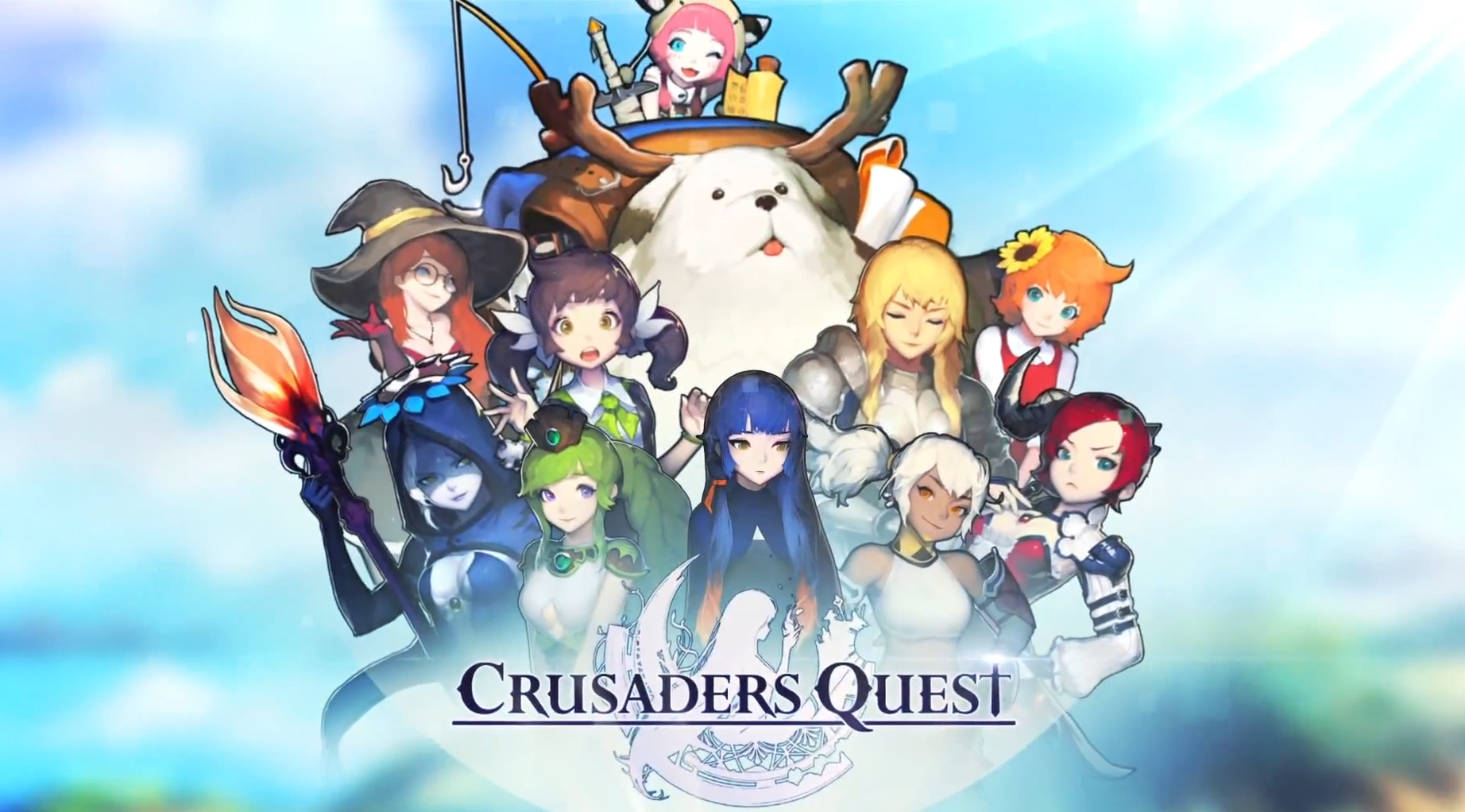Description

MapleStory is a free-to-play fantasy 2D-platformer MMORPG. In MapleStory, players can take on a role of a character and explore the Maple World freely. There are various things that players can do in-game, such as killing monsters for EXP, crafting equipment and potions, doing quests, participating in events, interacting with other players, etc. It has a lore revolving around a central figure, which they call the ‘Black Mage’, along with many other storylines which exists either in relation to the lore, or as independent regional-based storylines.
Website: http://www.maplesea.com/index
The Lens of The Elemental Tetrad (analysed by decreasing order of importance)
Mechanics: The presence of many in-game mechanics, such as party quests, bossing, item crafting, etc. mirrors the complexity of a world of free-exploration and player choice for an MMORPG.
Aesthetics: The graphics and music are designed such that they reinforce the fantasy aspect of the game.
Technology: Players get to control their character and access in-game options through various keys on their keyboard, thus reinforcing the concept of player control.
Story: This takes a bit of backseat since players get to decide, to a certain degree, whether they want to do quests or not. However, these quests reveal/supplement the game storyline if players do the quests, thus enriching the immersion factor.
All 4 elements combine to form a pretty-much-complete game that grants players plenty of free rein in-game.
The Lens of Emotion
The game generally gives off a happy vibe, but exploring the quests reveals some sad/tragic aspects of the Maple Lore that offers a twist on that happy vibe. This manner of making players ‘feel’ in the game could grant them more ownership of the game and enhance the immersive factor. Personally, I enjoy exploring the game storylines, thus I liked the way they approached this concept of emotions.
The Lens of Fun
The game offers many things that the player can do in-game, such as boss expeditions, party quests, participating in game events, crafting items, etc. However, despite their efforts to release new game content through new patches, the repetitive nature of certain mechanics in the new content causes the novelty to wear off. This is a primary reason for people I know who quit the game after playing it for some time.
The Lens of Fairness
Naturally, as an MMORPG, MapleStory is asymmetrical in terms of player power. However, there is a huge imbalance of player power, as only certain game content can be conquered by extremely strong players (which happens to be those who spend loads of real cash on in-game boosters). I find myself unable to participate in certain boss contents because of a variety of reasons relating to the imbalance in player power.
The Lens of Skill
Skill is demanded of players only in very tailored contents like party quests or killing a boss, since these involve unique and complex mechanics. Even if players initially lack the required skills, subsequent practice and in-game community guidance allows them to identify strategies on how to participate well in party plays or boss expeditions. Thus, any player can play the game with ease.
However, some bosses are made so insanely difficult, that even the appropriate level of skill MUST be accompanied by a high level of player strength to kill them.
The Lens of Economy
MapleStory has a complex economic system. There are 2 official game economies, which are ‘mesos’ and ‘@cash’. ‘Meso’ is the usual in-game currency, whereas ‘@cash’ is the currency that is purchasable in real cash, and is used to purchase things in the Cash Shop. In addition, they have ‘Free Markets’, where players can sell their wares to other players.
Its economy has largely spiraled out of control, since only players who spend ‘@cash’ can get and sell ‘godly’ items, that are worth A LOT, to other players. Thus, these players effectively dictate MapleStory’s economy. Furthermore, players can unofficially purchase ‘mesos’ or such ‘godly’ items with real cash, which worsens the state of the in-game economy.


































